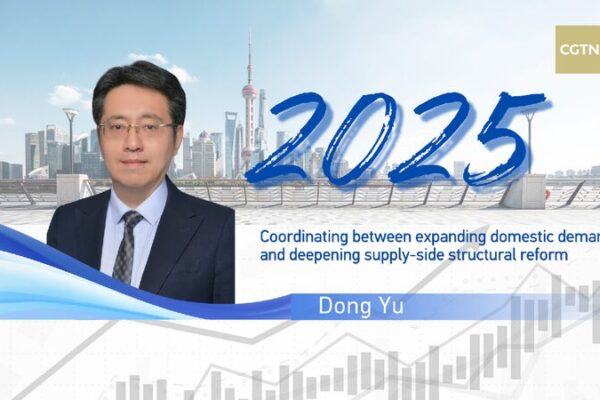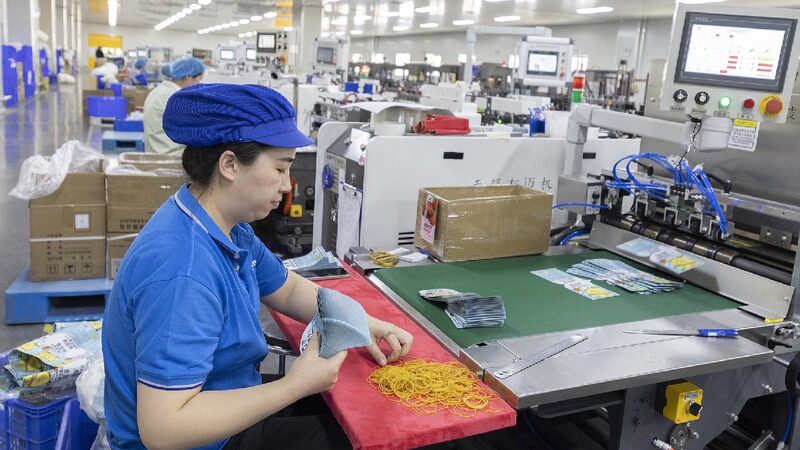China is on the cusp of a major economic shift, as it transitions from a goods-based consumption model to one that equally emphasizes services. With a per capita GDP exceeding $13,000, the nation is poised to see service consumption take a leading role in driving demand and spurring growth.
International trends show that when a country’s per capita GDP surpasses $10,000, service consumption begins to accelerate. Once it reaches $15,000, services often dominate household spending. China is nearing this pivotal point, yet service consumption currently makes up only 46.1% of household expenditures—about 10% less than countries like the United States, Japan, and South Korea at similar stages.
This gap highlights a significant opportunity for China to expand and upgrade its service sectors. While traditional services like hospitality and domestic assistance remain strong, there is vast potential in mid-to-high-end services such as healthcare, wellness, and personalized experiences. Additionally, the cultural and tourism sectors are ripe for innovation, moving beyond simple ticket sales to offer integrated and immersive experiences.
A key strategy in unlocking this potential lies in “investing in people.” By directing resources toward education, healthcare, employment, and social security, China aims to enhance the well-being of its citizens while boosting their capacity to consume. This people-centric approach not only addresses immediate livelihood concerns but also builds human capital that strengthens the economy in the long run.
Investing in people means improving access to quality education at all levels, from preschool to higher education and vocational training. Expanding digital skills programs and promoting lifelong learning can prepare the workforce for the challenges of a rapidly changing job market, especially with the rise of artificial intelligence and automation.
Healthcare and social services are also crucial. By expanding maternity insurance, improving grassroots healthcare facilities, and enhancing pension systems, the government can reduce the financial burdens that often hinder consumer spending. Supporting flexible workers and extending unemployment insurance can stabilize incomes and boost confidence among consumers.
Furthermore, accelerating the development of service industries will encourage people to spend more on services. Enhancing childcare and eldercare services taps into the needs of families, while integrating culture, sports, tourism, and commerce can create diverse and exciting consumption opportunities. Opening up sectors like healthcare, education, and telecommunications to high-quality international providers can elevate service standards and offer more choices to consumers.
By combining service consumption expansion with investing in people, China seeks to stimulate domestic demand effectively. This dual approach is expected to not only aid in the country’s short-term economic recovery but also lay a solid foundation for sustainable, high-quality development in the future.
Reference(s):
Service consumption and 'investing in people' key to expanding demand
cgtn.com








